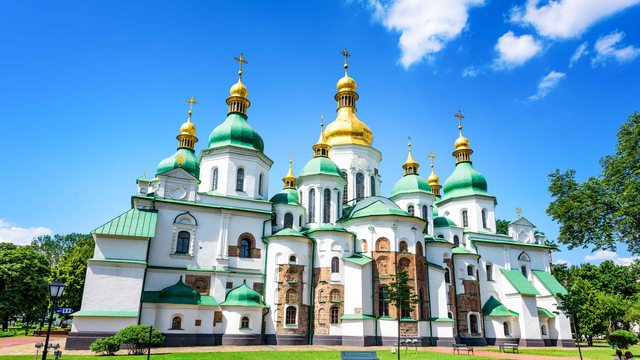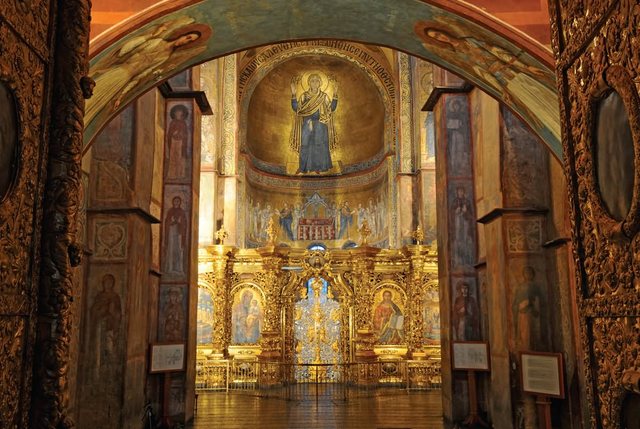
Ukrainian Embassy at Holy See: "According to intelligence, Russian troops are preparing an air strike on the Cathedral." Built by Sovereign Yaroslav I in 1037, it is one of the most famous sites in Kiev and the first Ukrainian site to be inscribed on the UNESCO World Heritage List.
Among the targets of Russian troops is the Hagia Sophia in Kiev. The news came from the Ukrainian embassy in the Holy See: "Intelligence thinks that the Russian army is preparing an air strike on the Cathedral, a UNESCO property."
St. Sophia Cathedral in Kiev was declared a World Heritage Site in 1990. It is the pride of the city with its golden and green domes and monastery buildings. The cathedral is a symbol of the millennial Ukrainian capital and the unity of the country.

Its construction began in 1037, at the request of Jaroslav the Wise (1016-1054). His father, Vladimir I Svyatoslavic of Kiev, converted to Christianity in 988, embracing the Orthodox rite and building a church dedicated to the Virgin (which collapsed two centuries later).
Jaroslav built a larger one, taking its name from St. Sophia of Constantinople. Perched on the city's highest hill, at the intersection of the four main access roads to Kiev, the new church was to attract pilgrims for its grandeur.

The interior is inspired by old Russian churches and preserves 11th-century Byzantine-style mosaics, which cover a total area of ??260 square meters.
In all its splendor, Hagia Sophia was the site of the coronation of Ukrainian princes. Behind the high four-story bell tower, dominated by a golden dome, shine the 12 smallest domes built in a style reminiscent of baroque splendor.

After the revolution of 1917, the Russian government had decided to destroy it, which was avoided thanks to the call of historians and scientists. In 1934, Soviet authorities confiscated the complex and turned it into a museum. Today the whole complex is a museum of Ukrainian Christianity.





